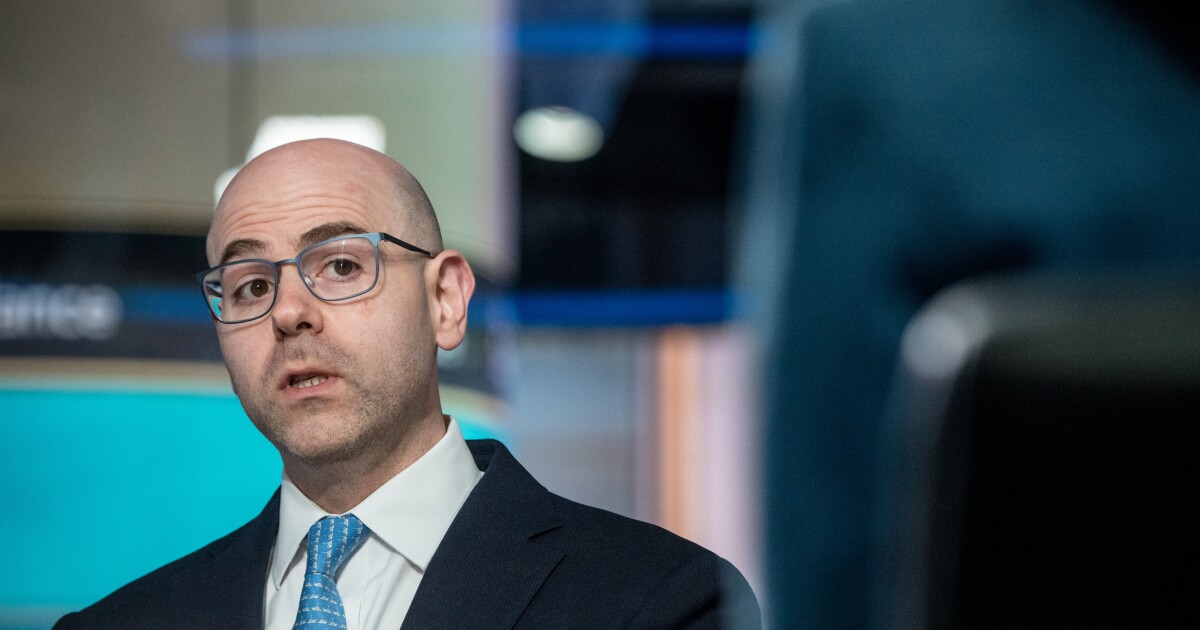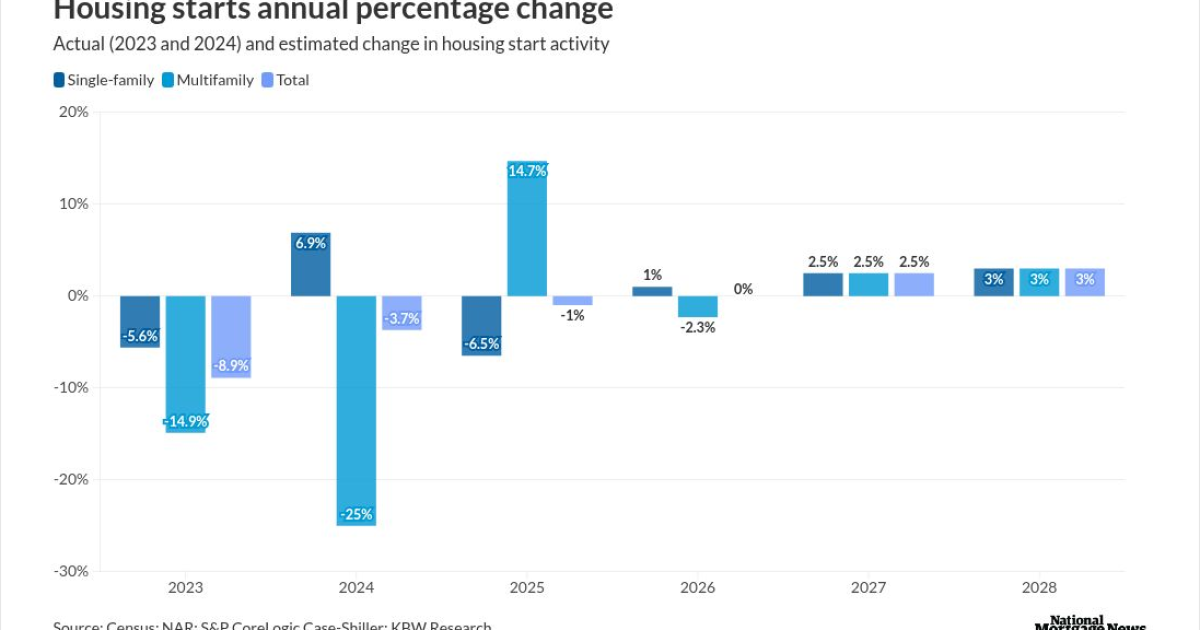
U.S. consumer prices picked up in November, reinforcing the
The so-called core consumer price index, which excludes food and energy costs, increased 0.3% following a 0.2% advance in October, according to government figures. From a year ago, it advanced 4% for a second month.
Economists favor the core metric as a better gauge of the trend in inflation than the overall CPI. That measure ticked up slightly after being little changed in October. From a year ago, it was up 3.1%.
Tuesday's data underscore the choppy nature of getting inflation back in line. While price pressures have largely retreated from multi-decade highs, a
Fed officials begin a two-day meeting Tuesday that is expected to culminate with them holding interest rates steady again. Chair Jerome Powell will likely reiterate he and his colleagues want to see a more sustainable pullback in price growth before easing policy.
Treasuries erased gains, stock futures fell and the dollar pared losses after the release. Traders scaled back bets on a interest-rate cut in March.
The Bureau of Labor Statistics figures reflected increases in rents, medical care and motor-vehicle insurance. Used-car prices rose for the first time since May. On the other hand, apparel and furniture costs declined.
Shelter prices, which make up about a third of the overall CPI index, rose 0.4%, offsetting a decline in gasoline prices. Economists see a sustained moderation in the shelter category as key to bringing core inflation down to the Fed's target.
Excluding housing and energy, services prices climbed 0.4% from October, picking up from the prior month, according to Bloomberg calculations. While Powell and his colleagues have stressed the importance of looking at such a metric when assessing the nation's inflation trajectory, they compute it based on a separate index.
Unlike services, a sustained decline in the price of goods has been providing some relief to consumers in recent months. So-called core goods prices, which exclude food and energy commodities, fell for a sixth month, matching the longest streak since 2003.
The Fed is looking for softer labor-market conditions to rein in demand across the economy, especially after last week's strong jobs report. A separate report Tuesday showed real earnings advanced 0.8% in November from a year earlier, extending a months-long streak in which wage growth has outpaced inflation.
Consumers are growing
Looking ahead, the key question for policymakers isn't so much when they'll cut interest rates, but why. In a Bloomberg survey of economists this month, nearly three-quarters said cuts would be in response to cooling inflation, while 28% said they'd be due to the start of a recession.



